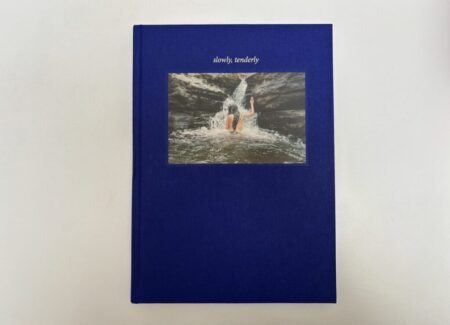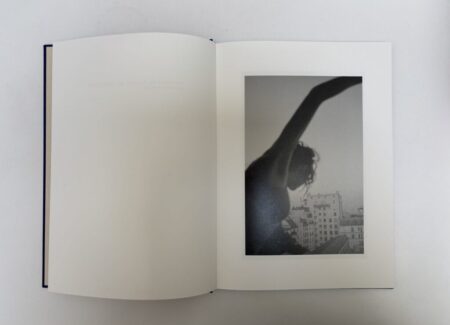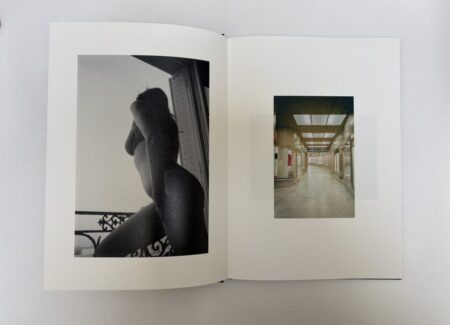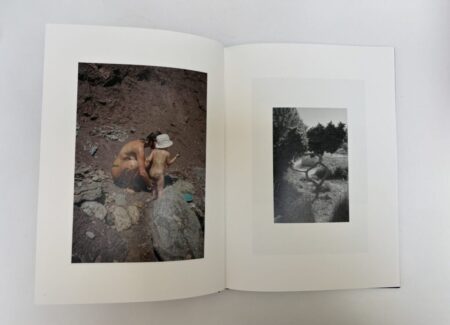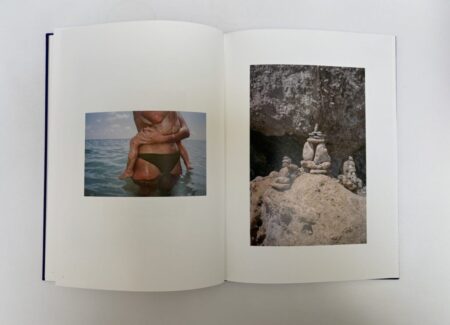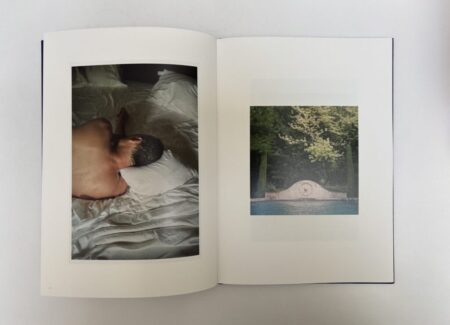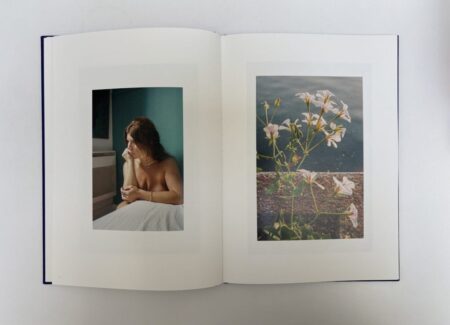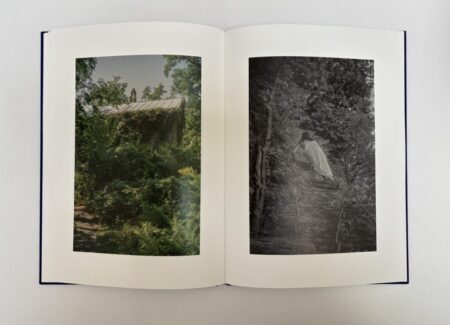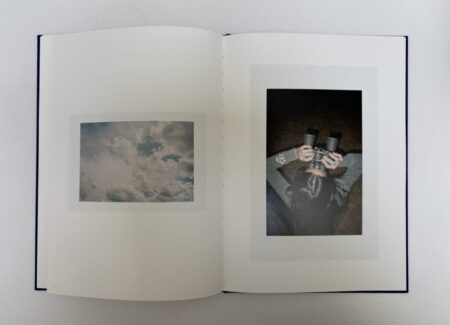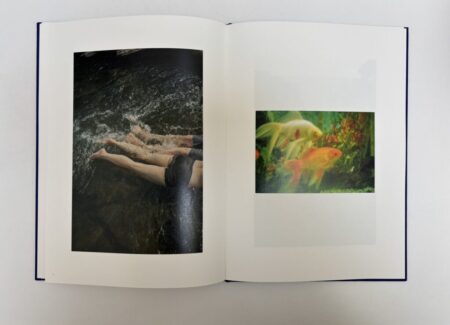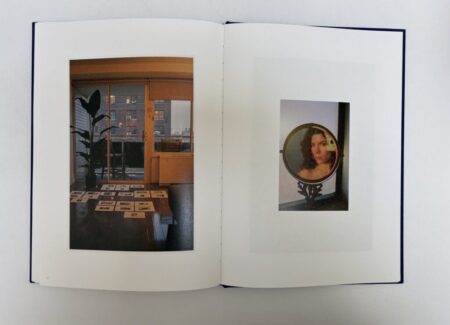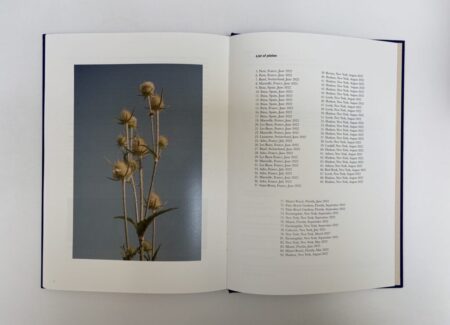JTF (just the facts): Published in 2024 by (here). Hardcover (16.3 × 31.2 cm), 96 pages, with 71 color and black-and-white photographs. Includes a conversation between the artist and Julie Dayer, and text by Arden Sherman. Design by the artist. In an edition of 500 copies. (Cover and spread shots below.)
Comments/Context: Slowly, tenderly is the first photobook by the American artist Christina Arza, and as its title implies, it immediately settles into an engaged and intimate mood. Arza was born and raised in Miami, and her work is deeply influenced by her Cuban heritage, and more broadly by nature and the rhythms of her own life. Her project documents the simple and often fleeting moments around her, and given that it was largely shot right after the pandemic, it feels like a much-needed reconnection between photography and one’s self. Arza says that she journaled her life with her camera while working on this series, moving slowly and trying to be tender with herself, and her often delicate photographs deliver an undeniable feeling of attentive care.
Slowly, tenderly is a medium size hardcover book. It has a blue cloth cover and a photograph of a woman in a waterfall (seen from the back) is tipped in on the cover. The title of the book is placed above the photo, and again on the spine of the book. The page numbers appear only on the left page, in the left corner, elegant and out of the way. As we navigate the images, there are no captions or any other design elements, directing our attention entirely to the visual flow. The texts and the list of captions indicating locations, along with the month and year, are placed at the very end, closing the book. The book easily lays flat, making the interaction even more deliberate and enjoyable.
The photographs in the book were made mostly in 2022, largely in upstate New York, but also in Florida and France. The images don’t follow any linear narrative and rather take us through daily life in a loosely chronological flow, with the particular location almost less important than the atmosphere. The book opens with a black-and-white photograph of a woman wearing just a bra, slightly out of focus, as she leans out of a window or off a roof, looking down on the streets of Paris as her arm crosses the frame diagonally, stretched in an almost uncomfortable way. Her face is turned away from us, but the body language and the dynamic of the shot have a sense of energetic reaching and exploration. The following page pairs a similar photo of the artist, standing on a balcony and looking out, almost like a silhouetted statue or gargoyle, and the image across the spread features what looks like an empty hallway in a shopping mall, evoking the echoing loneliness of the pandemic lockdowns. The short introductory sequence flows and makes sense, without imposing a specific storyline.
As the pages turn, the images feature calm moments, observations of gardens and nature, as well as pictures of friends often with their young children. A mother stands in the water gently holding her child, with the top of her body out of frame, the wet arms and legs intertwined; a vertically-oriented photo on the right offers arrangements of stones placed next to a rocky grotto. While there are a number of images of people included here, very often their faces are obscured or turned away from the camera – a man sleeping on white sheets with his back to us, a barefoot girl in a flowing dress climbing up a hill, a child in a fountain with foamy water holding an ice cream, a woman looking through binoculars seen from above, legs in the waves – each one a kind of patient watching.
Arza’s self-portraits appear throughout the book, reminding us that she is watching herself too. Several images use windows and mirrors to create reflected effects, with cameras held slightly away from the artist’s face so we can see her expression. In each case, there is a sense of distance, or stepping outside her own body to examine her own life, the act of looking being noted and documented.
The very last image depicts a thistle with its egg-shaped flower head surrounded by spiky leaves; as a symbol of persistence and resilience, it is fitting end to the book. As an artistic project, slowly, tenderly is lyrically beautiful, poetic, and deeply intimate, in an understated and unpretentious manner, and as a photobook object, it is a subtly elegant publication, enlivened by thoughtful sequencing and editing. What makes this book memorable is its story of observation and perception, with Azra’s attentive combination of the mundane and the poetic offering a lasting record of fleeting time.
Collector’s POV: Christina Arza does not appear to have consistent gallery representation at this time. Collectors interested in following up should likely connect directly with the artist via her website (linked in the sidebar).
